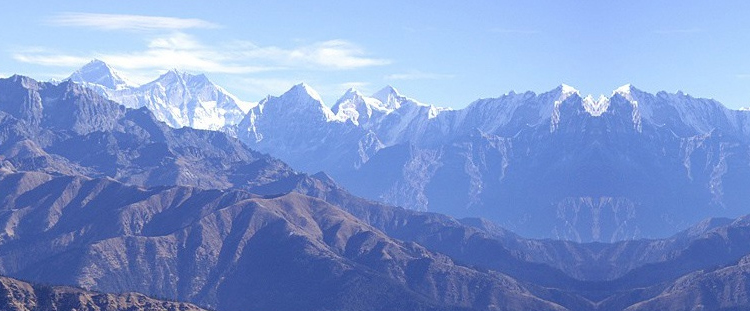Our trek to Everest Base Camp was an unforgettable experience, thanks to High Valley Treks. From the moment we arrived in Kathmandu, everything was meticulously organized. Our guide, Gopal, was exceptional—knowledgeable, attentive, and always ensuring our comfort and safety. Even when we faced challenges with altitude, Gopal’s expertise and support kept us on track. We
Read More…
